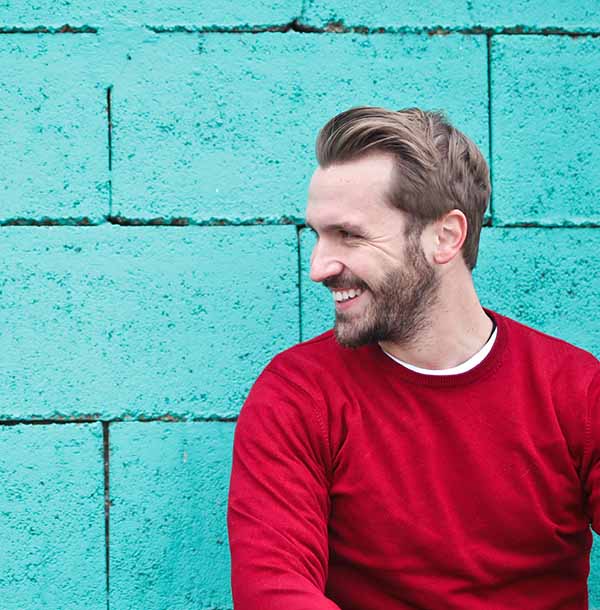In recent years, natural looking beard hair transplant have gained popularity among men seeking to enhance their facial hair. Whether it’s to fill in patchy spots or achieve a fuller beard, this procedure promises a natural-looking solution. However, a common question among potential candidates is: will transplanted beard hair look natural?
 Understanding Beard Transplants
Understanding Beard Transplants
Beard transplants typically involve harvesting hair follicles from the donor area (often the back of the scalp) and implanting them into the beard region. This technique uses follicular unit extraction (FUE) or follicular unit transplantation (FUT), both of which aim to mimic the natural growth pattern and density of facial hair. Ensuring the Success of Your Natural Looking Beard Hair Transplant
Factors Influencing Natural Results
- Hair Quality: The texture and curliness of the transplanted hair play a crucial role in how natural it appears. Surgeons select donor follicles that closely match the recipient area’s existing hair characteristics.
- Design and Placement: A skilled surgeon designs the beard transplant to complement the natural contours of your face. This involves considering factors like hairline shape, direction of hair growth, and density distribution.
- Healing and Growth Phases: Like any hair transplant, the initial healing phase is crucial. Transplanted hair sheds within a few weeks but begins regrowth in a few months. Patience is key as the full results may take up to a year to become evident.
- Surgeon Expertise: Choosing a qualified and experienced surgeon significantly impacts the outcome. A skilled professional will assess your facial features, discuss realistic expectations, and execute the procedure with precision.
Achieving Natural-Looking Results
To ensure your beard transplant looks natural:
- Consultation: Discuss your goals and expectations with the surgeon. They can assess your facial hair pattern and advise on what’s achievable.
- Customization: Work with the surgeon to create a personalized plan. This includes deciding on the shape and density of your new beard to match your facial features.
- Follow-Up Care: Adhere to post-operative care instructions to optimize healing and hair growth. Avoiding activities that may damage newly transplanted hair is crucial during this period.
Conclusion
In conclusion, while beard transplants can yield natural-looking results, several factors influence the outcome. From the quality of donor hair to the surgical technique and post-operative care, each step contributes to achieving a seamless integration with your natural facial hair. By choosing a skilled Hair Restoration Center hair transplant surgeon and following their guidance, you can enhance your beard’s appearance effectively and confidently.
Ultimately, the success of a beard transplant hinges on realistic expectations and proper planning. With the right approach, many men find that their transplanted beard hair not only looks natural but also boosts their self-confidence and enhances their overall appearance.
 Understanding Beard Transplants
Understanding Beard Transplants
Beard transplants typically involve harvesting hair follicles from the donor area (often the back of the scalp) and implanting them into the beard region. This technique uses follicular unit extraction (FUE) or follicular unit transplantation (FUT), both of which aim to mimic the natural growth pattern and density of facial hair.
Factors Influencing Natural Results
- Hair Quality: The texture and curliness of the transplanted hair play a crucial role in how natural it appears. Surgeons select donor follicles that closely match the recipient area’s existing hair characteristics.
- Design and Placement: A skilled surgeon designs the beard transplant to complement the natural contours of your face. This involves considering factors like hairline shape, direction of hair growth, and density distribution.
- Healing and Growth Phases: Like any hair transplant, the initial healing phase is crucial. Transplanted hair sheds within a few weeks but begins regrowth in a few months. Patience is key as the full results may take up to a year to become evident.
- Surgeon Expertise: Choosing a qualified and experienced surgeon significantly impacts the outcome. A skilled professional will assess your facial features, discuss realistic expectations, and execute the procedure with precision.
Achieving Natural-Looking Results
To ensure your beard transplant looks natural:
- Consultation: Discuss your goals and expectations with the surgeon. They can assess your facial hair pattern and advise on what’s achievable.
- Customization: Work with the surgeon to create a personalized plan. This includes deciding on the shape and density of your new beard to match your facial features.
- Follow-Up Care: Adhere to post-operative care instructions to optimize healing and hair growth. Avoiding activities that may damage newly transplanted hair is crucial during this period.
Conclusion
In conclusion, while beard transplants can yield natural-looking results, several factors influence the outcome. From the quality of donor hair to the surgical technique and post-operative care, each step contributes to achieving a seamless integration with your natural facial hair. By choosing a skilled Hair Restoration Center hair transplant surgeon and following their guidance, you can enhance your beard’s appearance effectively and confidently.
Ultimately, the success of a beard transplant hinges on realistic expectations and proper planning. With the right approach, many men find that their transplanted beard hair not only looks natural but also boosts their self-confidence and enhances their overall appearance.
